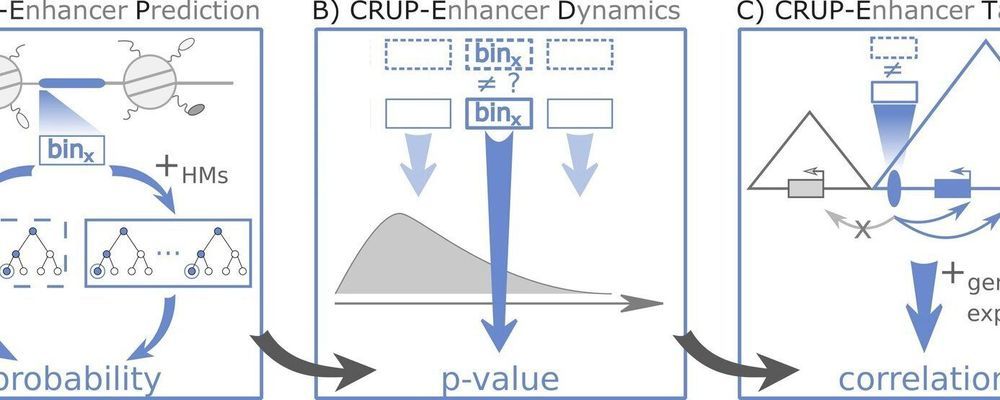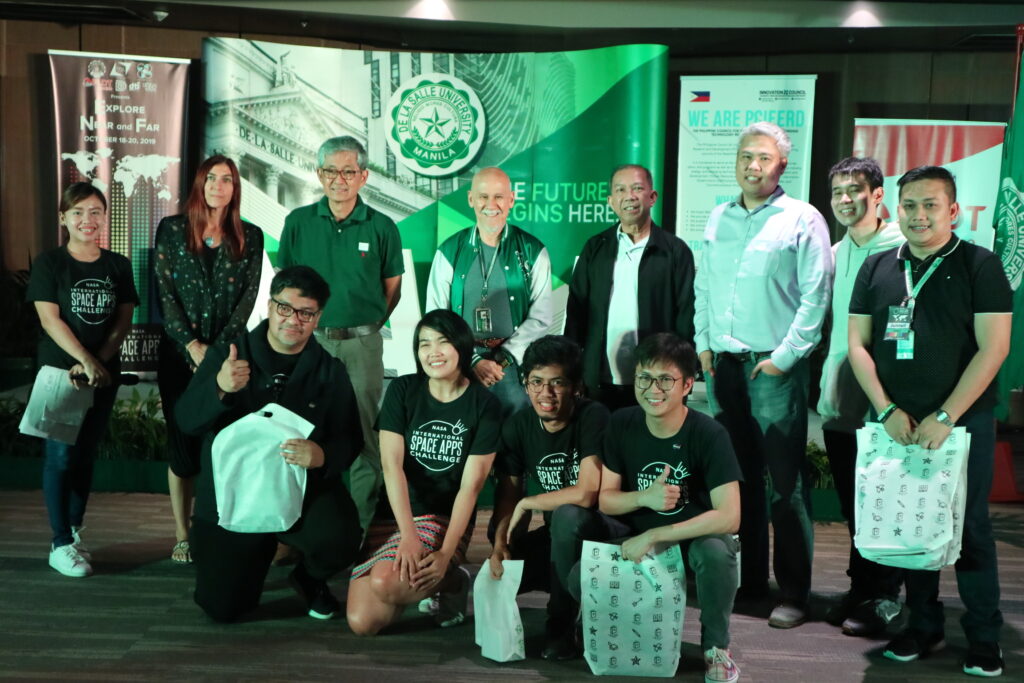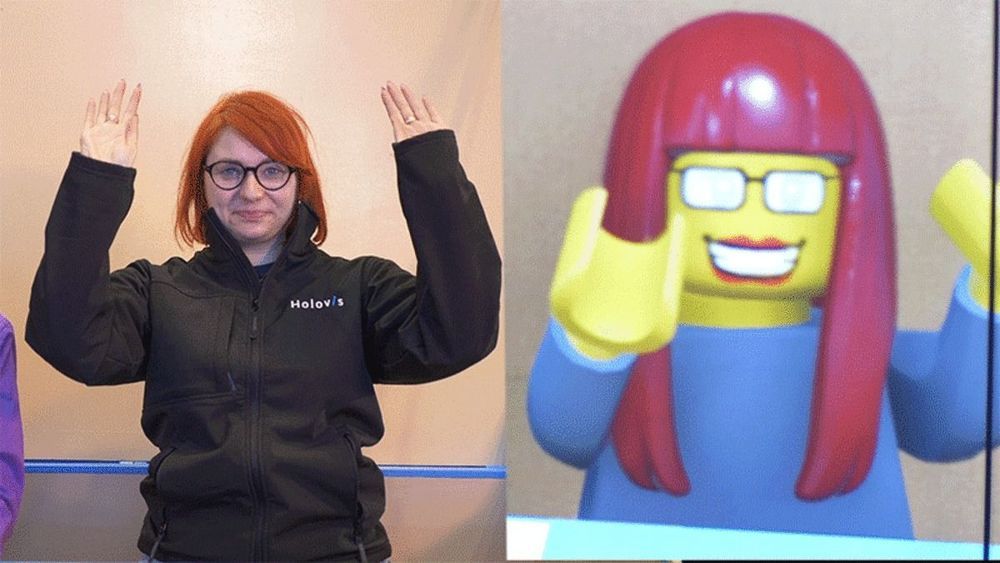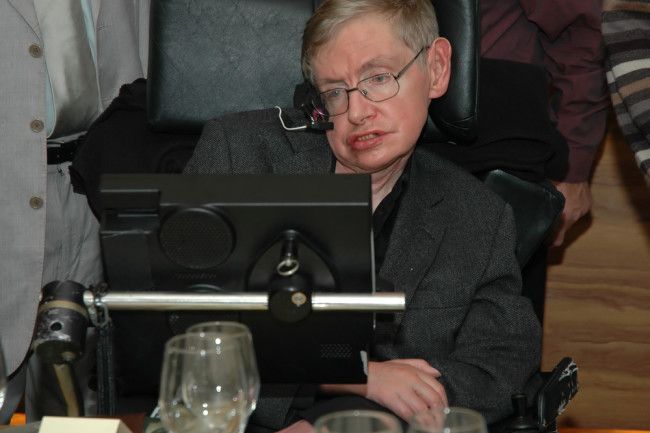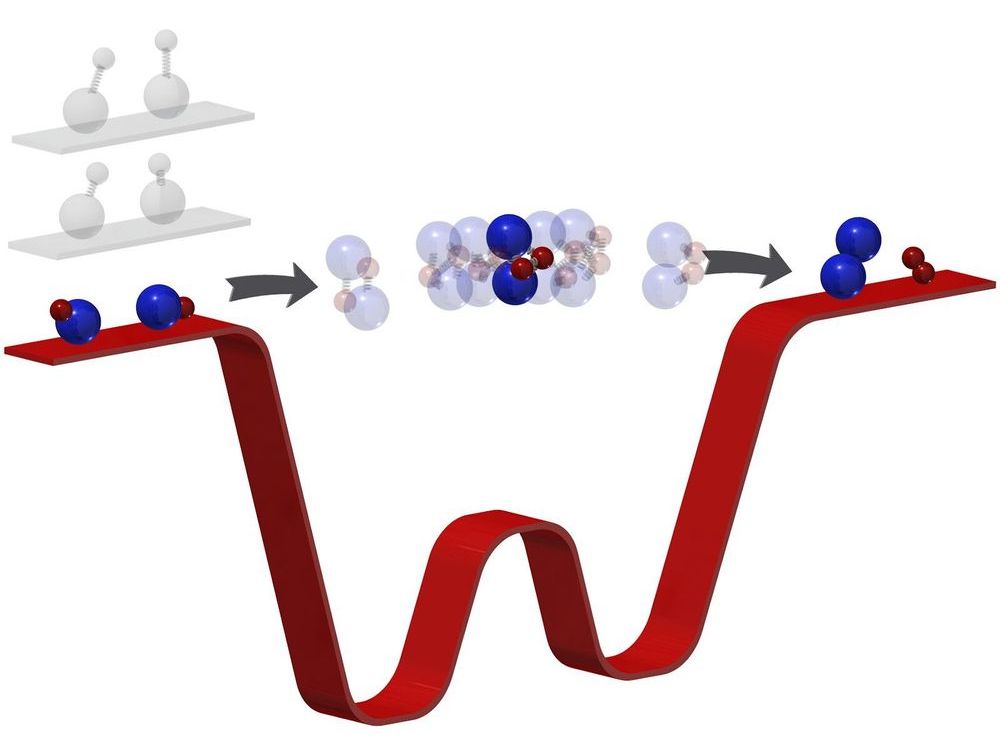It is the dream of every molecular geneticist: an easy-to-use program that compares datasets from different cellular conditions, identifies enhancer regions and then assigns them to their target genes. A research team led by Martin Vingron at the Max Planck Institute for Molecular Genetics in Berlin has now developed a program that does all of this.
“DNA is pretty boring, since it is practically the same in every cell,” says Martin Vingron, director and head of the Department of Bioinformatics at the Max Planck Institute for Molecular Genetics in Berlin. “While the genome is like the book of life, I am most interested in the side notes.”
These “notes” are small chemical marks attached to the DNA molecule that do not alter the genetic information itself, but influence what happens to the DNA at the respective site. In other words, these marks have an epigenetic effect. They serve as regulators of genomic regions that are responsible for the activation and deactivation of genes, such as promoters and enhancers.
